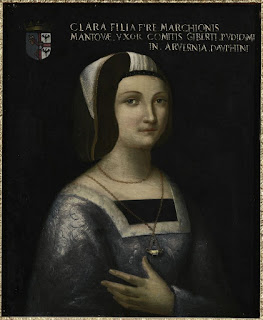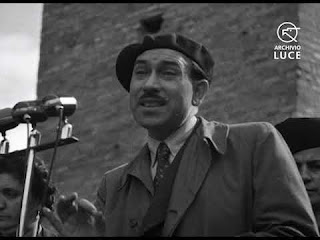Pierre Cardin - fashion designer
Star of Parisian haute couture was born in Italy
Pierre Cardin, who has been described as the last survivor of the heyday of Parisian haute couture in the 50s and 60s, was born on this day in 1922 in the province of Treviso, north of Venice. There are differing versions of the story of Cardin’s Italian origins. One says that his parents were French but had a holiday home in Italy and that he was born in the village of Sant’ Andrea di Barbarana, on the Piave river, where his parents had a house. Another says that his father was Italian, a labourer, that he was born in another small town in the province, San Biagio di Callalta and that he was the last of 11 children. This version suggests his father was in his 60s when Pierre – christened Pietro – was born. What is agreed is that the family left Italy for France in 1924, possibly because of his father’s unease at the rise of Mussolini and his opposition to Fascism. They settled in the industrial city of Saint-Etienne, where Pierre began his career in the clothing industry in 1936 when he was taken on as a tailor’s apprentice. Read more…
__________________________________________________________________
Palio di Siena
First of two annual races is contested today
The first of the two annual contests for the historic Palio di Siena takes place in Piazza del Campo in the Tuscan city this evening. The passionately competitive horse race, first run in 1656, is staged on July 2 and August 16 each year. The first race is in honour of Siena's Madonna of Provenzano, the second forms part of the celebrations marking the Feast of the Assumption. A colourful pageant, the Corteo Storico, precedes the race, which sees the square filled with spectators from many parts of the world. The Palio features 10 horses, each representing one of Siena's 17 contrade, or wards, ridden bareback by riders wearing the colours of the contrada they represent. They race for three circuits of a dirt track laid around the perimeter of the Piazza del Campo. It is an event with no holds barred. Riders are allowed to use the whip to encourage their own mounts but also to hamper their rivals and falls are frequent. The winner is the horse that crosses the finishing line first, even if its rider is no longer on board. Read more…
_________________________________________________________________
Carlo Pisacane – socialist and revolutionary
Patriot who put deeds before ideas
Carlo Pisacane, Duke of San Giovanni, was killed on this day in 1857 at Sanza in Campania, while trying to provoke an uprising in the Kingdom of Naples. Pisacane is remembered for coming up with the concept ‘propaganda of the deed’, an idea that influenced Mussolini and many rebels and terrorists subsequently. He argued that violence was necessary, not only to draw attention or generate publicity for a cause, but to inform, educate and rally the masses to join in. Pisacane was born into an impoverished, noble family in Naples in 1818. He joined the Neapolitan army at the age of 20, but became interested in the political ideas of Giuseppe Mazzini. After the revolution of 1848, he played a part in the brief life of the Roman Republic. After the city was captured by the French he went into exile in London. Pisacane regarded the rule of the House of Savoy as no better than the rule of Austria and went to Genoa to involve himself with the uprisings planned by Mazzini and his followers. Read more…
Home


























